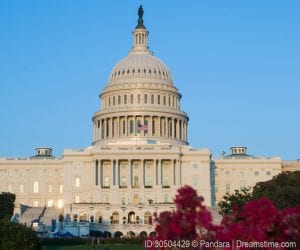According to the US Census Bureau there is one birth every 8 seconds, one death every 12 seconds, one international migrant (net) every 33 seconds, and a net gain of one person every 12 seconds in the United States.
Despite these statistics, the population growth rate in the U.S. has been on the decline for years. It hovered around 1.2% in the 1990’s, 1% in the early 2000’s and has been just over 0.7% since 2010. This slowing trend is expected to continue.
A main contributor to the falling population growth rate is the decreasing fertility rate. The fertility rate has fallen from 3.7 in the 1960s to 1.9 today, leading to a lower natural increase in the US population (excess of births over deaths).
Around the time of the recession, lower immigration rates also contributed to a declining population growth rate. Net international migration in the US dropped from 1.4 million in the ’90s to half that between 2010 and 2011. Today, immigration rates are again increasing and if this trend continues, future immigrants and their descendants will account for 88% of the United States’ population growth between 2015 and 2065.
Finally, the baby-boom generation – those born between 1945 and 1964 and who for years made up the largest percentage of the U.S. population – are now between the ages of 53 and 72. A higher death rate among baby boomers in years to come will further decrease population growth.
Despite all of these decreasing rates, the United States population is increasing and is expected to hit 400 million by 2051.
Growth rate isn’t the only thing shaping the country, read more on other trends shaping the future of U.S. demographics.



